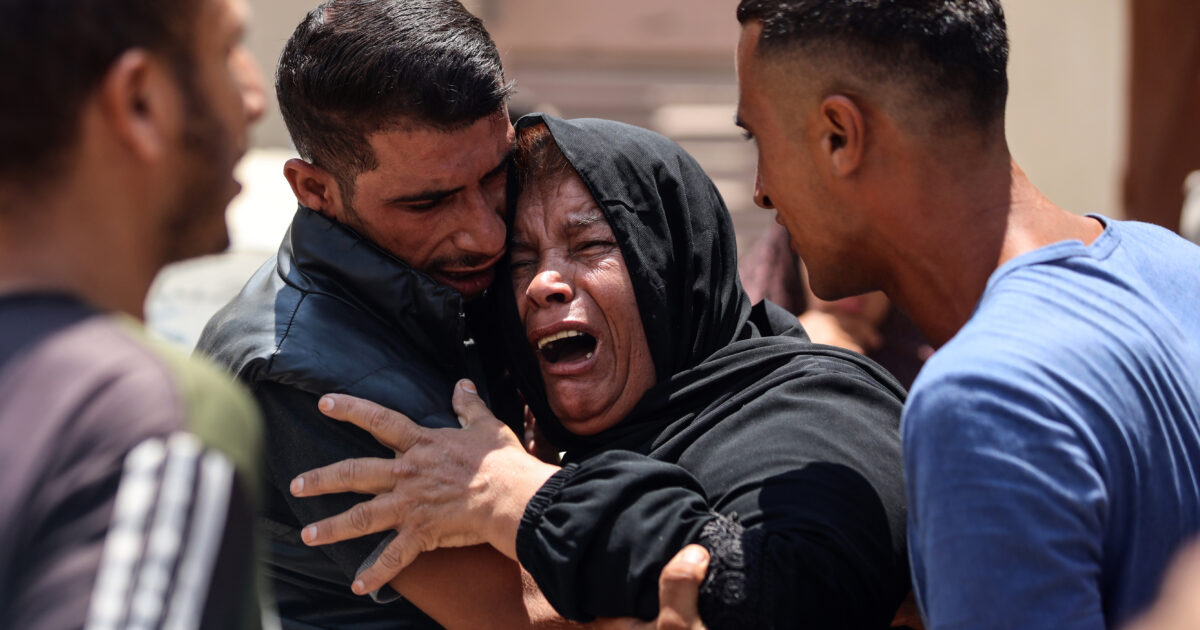- Ali Amin Gandapur ‘to be removed’ as KP chief minister samaa tv
- Pakistan’s Khyber Pakhtunkhwa CM removed from post: Imran Khan’s party’s general secretary The Hindu
- PTI founder orders replacement of Gandapur with Afridi as K-P CM: Salman…
Author: admin
-
Ali Amin Gandapur 'to be removed' as KP chief minister – samaa tv
-
Access Denied
Access Denied
You don’t have permission to access “http://sports.ndtv.com/cricket/afghanistan-vs-bangladesh-1st-odi-live-streaming-afg-vs-ban-live-telecast-when-and-where-to-watch-9418542” on this server.
Reference…
Continue Reading
-

Know schedule and where to watch live streaming in India
The Women’s Indian Open 2025 golf tournament will tee off at the DLF Golf and Country Club in Gurugram, Haryana, on Thursday.
Live streaming of the Ladies European Tour (LET) golf competition will be available in India.
The 17th edition of…
Continue Reading
-

Hamas says ‘optimism prevails’ in Gaza talks with Israel
Jordan court sentences suspects in rocket, drone plots targeting national security
AMMAN: Jordan’s State Security Court on Wednesday handed down prison sentences to several…Continue Reading
-

After Sébastien Lecornu’s fall, all eyes on Macron’s next move with France in political turmoil
PARIS — Outgoing French Prime Minister Sébastien Lecornu, aiming to calm the political storm triggered by his resignation on Monday less than 24 hours after unveiling his ministers, faced a tight deadline Wednesday to break the deadlock caused…
Continue Reading
-

Inside one battle-scarred Gaza building, displaced families tell the story of war
Lucy WilliamsonMiddle East correspondent, Jerusalem
 BBC
BBCThe Skeik building, in a quiet road off Omar al-Mukhtar Street in western Gaza City, was a familiar sight to Gaza’s lovers.
The tree-lined street that ran beside it was once a favourite place…
Continue Reading
-
Corps Commanders' Conference pledges to counter any Indian aggression with swift response – RADIO PAKISTAN
- Corps Commanders’ Conference pledges to counter any Indian aggression with swift response RADIO PAKISTAN
- Army brass warns India any ‘imaginary new normal’ to be met with ‘new normal of swift retributive response’ Dawn
- ‘India United Only…
Continue Reading
-

Israel Is Dragging Us All to Hell
It has been two years since Hamas fighters broke through the Gaza siege, launching an attack on military sites, kibbutzim and a music festival within Israel’s borders. The group, alongside others, killed just over 800 Israeli civilians…
Continue Reading
-
UNICEF official says Gaza babies forced to share oxygen masks, Israel challenges UN data – Reuters
- UNICEF official says Gaza babies forced to share oxygen masks, Israel challenges UN data Reuters
- Two years of hellish war have devastated Gaza’s children Unicef
- With nearly 20,000 dead, children biggest victims of Gaza genocide | Daily Sabah
Continue Reading
-

Breaking Down Carlos Sainz’s Charge to P10 in Singapore
The Marina Bay Street Circuit is one of the toughest venues on the calendar for overtaking – so how exactly did Carlos Sainz go from the back of the grid to the final points-paying position at the 2025 Singapore Grand Prix?
Thanks to a…
Continue Reading